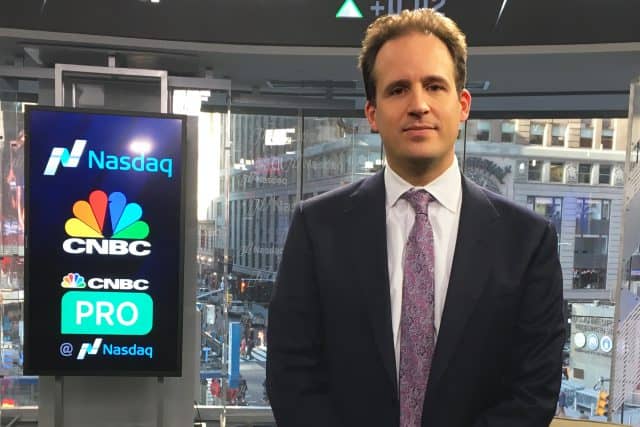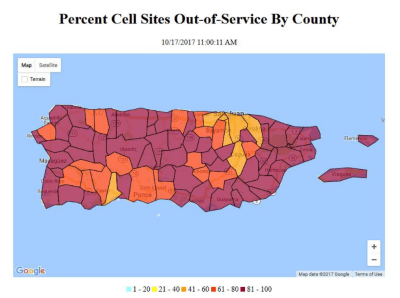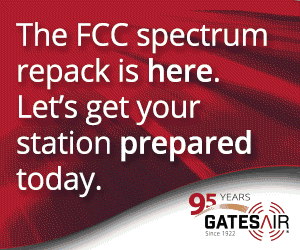 Cable operators that have watched their stocks get pounded after warning their third quarter earnings would reflect an undeniable trend towards cord-cutting are considering dramatically raising broadband-only pricing to $80 or more to protect profits.
Cable operators that have watched their stocks get pounded after warning their third quarter earnings would reflect an undeniable trend towards cord-cutting are considering dramatically raising broadband-only pricing to $80 or more to protect profits.
Comcast is among the largest cable companies responding to repeated calls from Wall Street analysts to boost broadband pricing, hiking broadband-only rates to around $65 a month after a customer’s $40 promotional pricing offer expires. Charter Communications also hiked prices earlier this year to $65 a month for its entry-level 60 or 100Mbps package, with further rate increases expected in early 2018. But those incremental rate hikes are not enough to satisfy analysts who fear cable’s video earnings losses are already higher than the revenue gained from charging more for broadband service.
In a note to investors, Morgan Stanley said the cable industry’s efforts to jack up prices for those dropping video service have made some progress, noting most companies raised prices by 12% in 2017, establishing a new beachhead rate of $65 a month — the rate broadband-only customers should now expect to pay.
“As video revenue growth is increasingly pressured, leaning on data pricing is tempting to sustain earnings,” said Benjamin Swinburne, a Morgan Stanley analyst in a report.
But recent rate hikes don’t go far enough for some. Prices must rise at least another $15 a month to satisfy Jeffries analyst Mike McCormack and restore industry profits lost from cord-cutting. McCormack notes customers who have not canceled cable television are being insulated from the most dramatic rate hikes impacting cord-cutters, pointing out the average customer with a bundle of services now pays around $49 a month for broadband service — $16 less.
“Cable companies are likely to raise stand-alone broadband pricing in order to combat the EBITDA declines from downsizing,” said McCormack in a report. “This practice is already evident and justified given the lack of a bundling discount. Based on our analysis, we estimate Comcast would need to raise stand-alone pricing to roughly $80 in order to break even from a profitability perspective.”

Swinburne
Jonathan Chaplin, an analyst for New Street Research who has called on the cable industry to double broadband pricing for more than a year, thinks the marketplace is ripe for sweeping rate increases.
“We have argued that broadband is underpriced, given that pricing has barely increased over the past decade while broadband utility has exploded,” New Street said. “Our analysis suggested a ‘utility-adjusted’ ARPU target of ~$90. Comcast recently increased standalone broadband to $90 (including modem), paving the way for faster ARPU growth as the mix shifts in favor of broadband-only households. Charter will likely follow, once they are through the integration of Time Warner Cable.”
Wall Street analysts typically use code language that avoids portraying the marketplace as a monopoly or barely-competitive duopoly, instead preferring to note there is little risk or headwind to prevent operators from boosting prices or using their large market share to their advantage. Chaplin argues that cable television is no longer to profit center it used to be — broadband is.
“In fact, the [free cash flow] lost from subs dropping pay-TV is generally recovered through higher [broadband] pricing,” said Chaplin.
Many analysts also argue that most of the proceeds collected from charging higher broadband prices should be used to buy back shares of stock or returned to shareholders, not used to upgrade or expand service. In fact, Wall Street is currently punishing Altice USA, sending its initial stock price from $30 a share to just $24.49 this week. One of the reasons for the fall is the money its Cablevision unit is spending to replace its coaxial cable network with fiber optics. AT&T’s stock has also suffered as the company continues to spend money on expanding its AT&T Fiber service while combating cord cutting with its U-verse and DirecTV services.


 Subscribe
Subscribe As Puerto Rico approaches the first month anniversary of Hurricane Maria, only small amounts of incremental progress have been made restoring the island’s telecommunications networks badly damaged by the storm.
As Puerto Rico approaches the first month anniversary of Hurricane Maria, only small amounts of incremental progress have been made restoring the island’s telecommunications networks badly damaged by the storm.

 Customers switched to Frontier Communications from Verizon in Florida, California and Texas continue to complain they are being overcharged for service, sometimes by hundreds of dollars a month, and they’re fed up.
Customers switched to Frontier Communications from Verizon in Florida, California and Texas continue to complain they are being overcharged for service, sometimes by hundreds of dollars a month, and they’re fed up. The FCC is
The FCC is 
